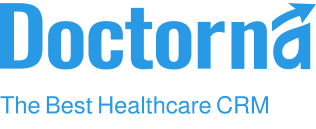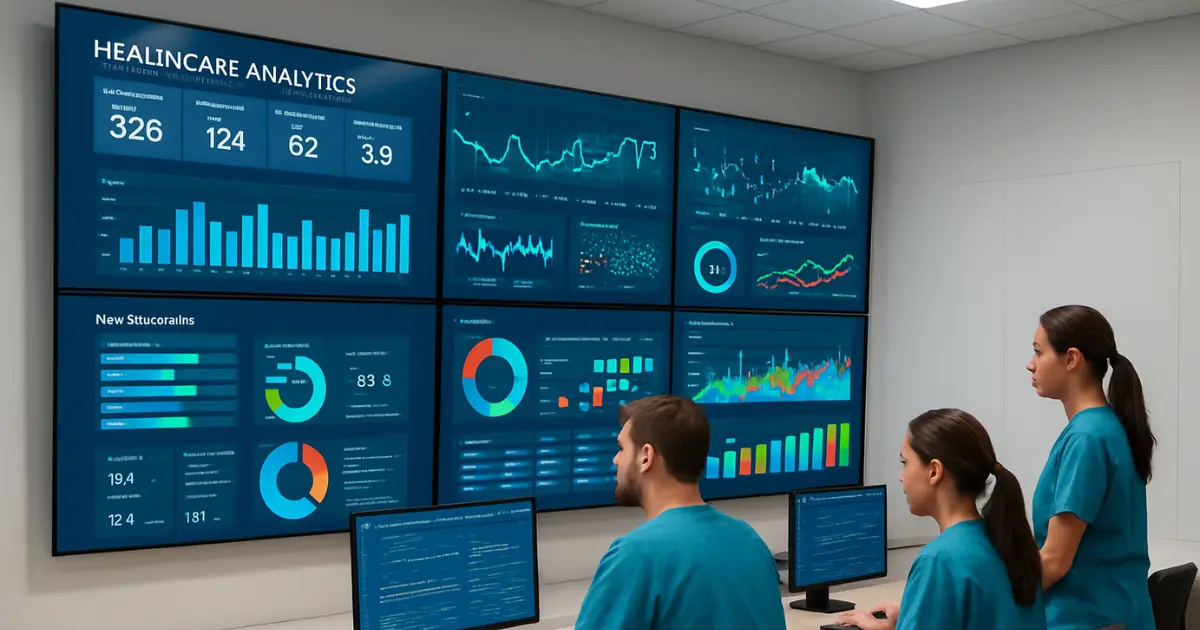In today’s competitive healthcare environment, patient engagement and operational efficiency are critical for success. Many healthcare organizations invest in Customer Relationship Management (CRM) systems to improve communication, automate workflows, and enhance patient satisfaction. However, while implementing a CRM can transform operations, the real question for administrators and decision-makers is — how do you measure the return on investment (ROI)?
Understanding and calculating the ROI of a healthcare CRM ensures that your organization can evaluate its financial and strategic impact. It also helps justify the investment, optimize future performance, and align CRM initiatives with business goals. Let’s explore how to measure the ROI of your healthcare CRM effectively.
1. What Does ROI Mean in Healthcare CRM?
Return on Investment (ROI) in the context of healthcare CRM refers to the measurable benefits your organization gains from using the system, compared to the costs involved in implementing and maintaining it.
The ROI isn’t just about revenue; it includes improved patient satisfaction, reduced administrative costs, and higher patient retention rates. A successful CRM implementation should lead to better patient experiences, more efficient operations, and a stronger bottom line.
2. Identify the Total Cost of Your CRM
Before measuring returns, it’s crucial to determine all associated costs of implementing your CRM system. These typically include:
- Software licensing or subscription fees (monthly or annual)
- Implementation and setup costs, including data migration
- Training and onboarding expenses for staff
- Integration costs with EHR, billing, or telehealth platforms
- Ongoing maintenance and support fees
- Hardware and infrastructure investments, if applicable
By calculating these expenses, you’ll have a clear understanding of your total investment, which is the foundation for accurate ROI measurement.
3. Define Key Performance Indicators (KPIs)
To measure ROI effectively, you must identify specific KPIs that align with your organization’s goals. These metrics will help you quantify how well your CRM contributes to overall success. Common healthcare CRM KPIs include:
- Patient Retention Rate: The percentage of patients who continue using your services over time.
- Appointment Adherence: Reduction in no-show or cancellation rates due to automated reminders.
- Lead Conversion Rate: The rate at which new patient inquiries convert into booked appointments.
- Patient Satisfaction Scores: Collected via post-visit surveys or feedback forms.
- Operational Efficiency: Time saved through automation in scheduling, billing, or follow-ups.
- Revenue Growth: Increase in revenue generated through upselling services, renewals, or improved retention.
By tracking these KPIs before and after CRM implementation, you can clearly see the impact of the system.
4. Measure Financial Returns
Financial ROI is one of the most straightforward ways to measure CRM success. It involves identifying areas where the CRM directly influences revenue or cost savings.
Examples include:
- Reduced No-Show Rates: Automated reminders minimize missed appointments, which increases daily patient volume and revenue.
- Improved Patient Retention: Engaged patients are more likely to return for future visits or treatments, leading to higher lifetime value.
- Increased Conversions: Targeted campaigns and automated follow-ups help convert more inquiries into paying patients.
- Lower Marketing Costs: Data-driven campaigns reduce spending on ineffective marketing channels.
- Operational Savings: Automation reduces manual data entry and administrative tasks, saving staff time and costs.
Calculate these savings and revenue improvements to estimate your total financial return from the CRM.
5. Assess Patient Engagement and Satisfaction
While financial metrics are vital, healthcare also depends heavily on patient trust and satisfaction. A CRM system plays a crucial role in improving communication, personalization, and patient experience.
You can measure these benefits through:
- Patient surveys: Track satisfaction levels before and after CRM implementation.
- Engagement analytics: Measure open rates, response rates, and participation in health campaigns.
- Net Promoter Score (NPS): Evaluate how likely patients are to recommend your organization to others.
Higher engagement and satisfaction not only reflect better patient outcomes but also indirectly increase ROI through positive word-of-mouth, brand loyalty, and long-term retention.
6. Evaluate Operational Efficiency
Healthcare organizations often face inefficiencies due to manual processes and disjointed systems. A CRM automates and streamlines workflows—reducing human error, paperwork, and administrative burden.
To assess ROI in this area, measure:
- Time saved per task (e.g., appointment scheduling, data entry, or reporting).
- Reduction in administrative costs.
- Improvement in care coordination among departments.
For example, if your staff saves 10 hours a week due to automation, you can calculate the equivalent cost savings in salary and productivity terms.
7. Analyze Long-Term Strategic Benefits
Beyond immediate financial returns, CRMs provide strategic advantages that yield value over time. These include:
- Better decision-making: Access to real-time analytics supports data-driven strategies.
- Improved marketing precision: Predictive insights allow for targeted campaigns based on patient demographics and behaviors.
- Enhanced compliance: Centralized data management supports regulatory adherence and security.
Although these benefits may not translate into instant financial gains, they strengthen your organization’s long-term sustainability and reputation.
8. Use Analytics and Reporting Tools

Modern healthcare CRMs offer powerful reporting dashboards that help track KPIs and measure ROI automatically. These dashboards can visualize data such as campaign performance, patient retention, and revenue growth.
Integrating your CRM with analytics tools like Google Analytics or Power BI can further enhance insights by connecting marketing, operational, and financial data in one place.
Regularly reviewing these reports allows leadership teams to refine strategies, identify gaps, and optimize performance for maximum ROI.
9. Compare Performance Over Time
To truly understand the CRM’s impact, compare data across different timeframes — such as pre-implementation, six months after launch, and one year later.
Look for patterns like:
- Increased appointment volume
- Decreased administrative workload
- Higher patient satisfaction scores
- Improved marketing ROI
These comparisons provide a comprehensive view of your CRM’s evolution and effectiveness over time.
Conclusion
Measuring ROI from your healthcare CRM isn’t just about tracking profits—it’s about understanding the full scope of value it brings to your organization. From improving patient engagement and reducing costs to streamlining operations and enabling data-driven decision-making, a CRM delivers both tangible and intangible benefits.
By setting clear goals, defining KPIs, and leveraging analytics tools, healthcare organizations can confidently measure the success of their CRM investment. The key is to view ROI not as a one-time calculation but as a continuous process that evolves with your organization’s growth and patient needs.
In the end, a well-implemented CRM is more than a software solution—it’s a strategic asset that drives better care, stronger relationships, and long-term success in the healthcare industry.







